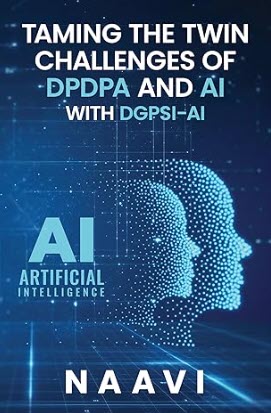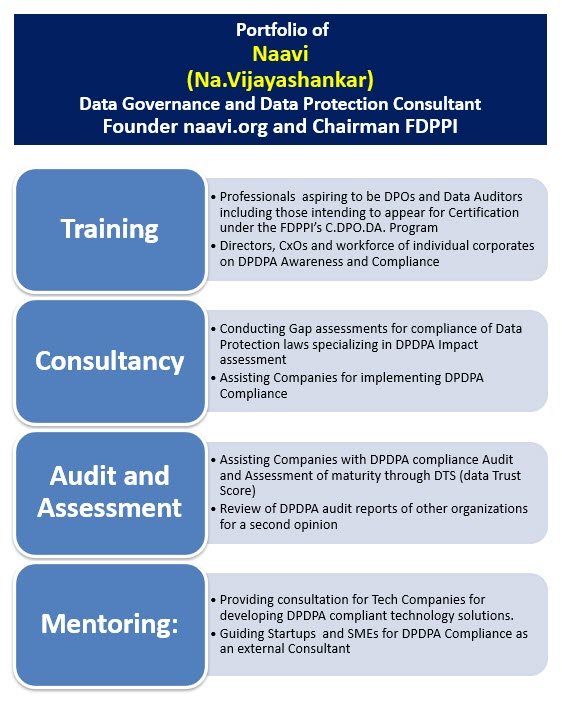The legal aspects of the use of electronic documents were first introduced in India through the Information Technology Act 2000 which therefore became the mother of all legislations related to electronic documents. The forth coming Personal Data Protection Act will be one of the major laws that will be an extension of the ITA 2000. In between there have been many other laws like UIDAI act which have touched upon some aspects of electronic documents.
The Arbitration Act and the Companies act has also made references to use of electronic documents in their own domains.
In terms of compliance it becomes important for organizations to keep track of such secondary sectoral laws since these laws need to be implemented without conflict with the main Act. One such instance occurred when state Government in Karnataka tried to amend the Registration Act and the Government of Kerala tried to amend the Police Act.
It is possible that similar amendments can be expected in media laws also in due course.
While there will always be a debate on whether laws related to the use of Electronic documents should be made only by the Central Government and more particularly by the MeitY, it is necessary to point out that there is also a tendency which is not considered ideal to make significant amendments to the Information Technology Act through the notification of “Rules” under another Act.
We refer to the rules under the Legal Metrology Act described below as one example of such a development. It would be preferable for the Central Government to introduce some system where by such amendments are introduced only through Acts and not through rules.
However, for the sake of record we give below the details of this Legal Metrology Act so that it remains within the radar of ITA 2008 compliance as applicable to the E Commerce companies.
With effect from March 1, 2011, Government of India notified the “Legal Metrology Act”.
The copy of the Act is available here
This act was meant to establish and enforce standards of weights and measures, regulate trade and commerce in weights, measures and other goods which are sold or distributed by weight, measure or number and for matters connected therewith or incidental thereto.
The Ministry of Consumer affairs has also issued the rules in 2017 and the Legal Metrology (Packaged Commodities) Rules, 2011 became effective from 1st January 2018.
The rules defined several terms in E Commerce which
Clause 2
‘(bd) “E-commerce” means buying and selling of goods and services including digital products over digital and electronic network;
(be) “E-commerce entity” means a company incorporated under the Companies Act, 1956 or the companies Act, 2013 or a foreign company covered under clause (42) of section 2 of the Companies Act, 2013, or an office, branch or agency in India covered under sub-clause (ii) of clause (v) of section 2 of the foreign Exchange Management Act, 1999 (42 of 1999) owned or controlled by a person resident outside India and conducting e-commerce business;
(bf) “marketplace based model of e-commerce” means providing of an information technology platform by an ecommerce entity on a digital and electronic network to act as a facilitator between buyer and seller;’;
Rule 4(10) has also been added stating
“(10) An E-Commerce entity shall ensure that the mandatory declarations as specified in sub-rule (1), except the month and year in which the commodity is manufactured or packed, shall be displayed on the digital and electronic network used for e-commerce transactions: Provided that in case of market place model of e-commerce, responsibility of the correctness of declarations shall lie with the manufacturer or seller or dealer or importer if,-
(a) the function of the e-commerce entity is limited to providing access to a communication system over which information made available by the manufacturer or seller or dealer or importer is transmitted or temporarily stored or hosted; or
(b) the entity does not- (i) initiate the transmission; (ii) select the receiver of the transmission; and (iii) select or modify the information contained in the transmission;
(c) the entity observes due diligence while discharging its duty as an intermediary under the Information Technology Act, 2000 and also observes such other guidelines as the Central Government may prescribe in this behalf: Provided further that there shall not be any protection to the market place e-commerce entity if,-
(a) the entity has conspired or abetted or aided or induced, whether by threats or promise of otherwise in the commission of the unlawful act;
(b) upon receiving actual knowledge, or on being notified by the appropriate Government or its agency that any information, data or communication link residing in or connected to a computer resource controlled by the entity is being used to commit the unlawful act, the entity fails to expeditiously remove or disable access to that material on that resource without vitiating the evidence in any manner. Explanation.- For the removal of doubts it is hereby clarified that the provision of this sub -rule shall not provide exemption from from the declarations required to be made under these rules on pre-packaged commodities delivered to the consumers.”.
Naavi
Reference:
Article in print.com








